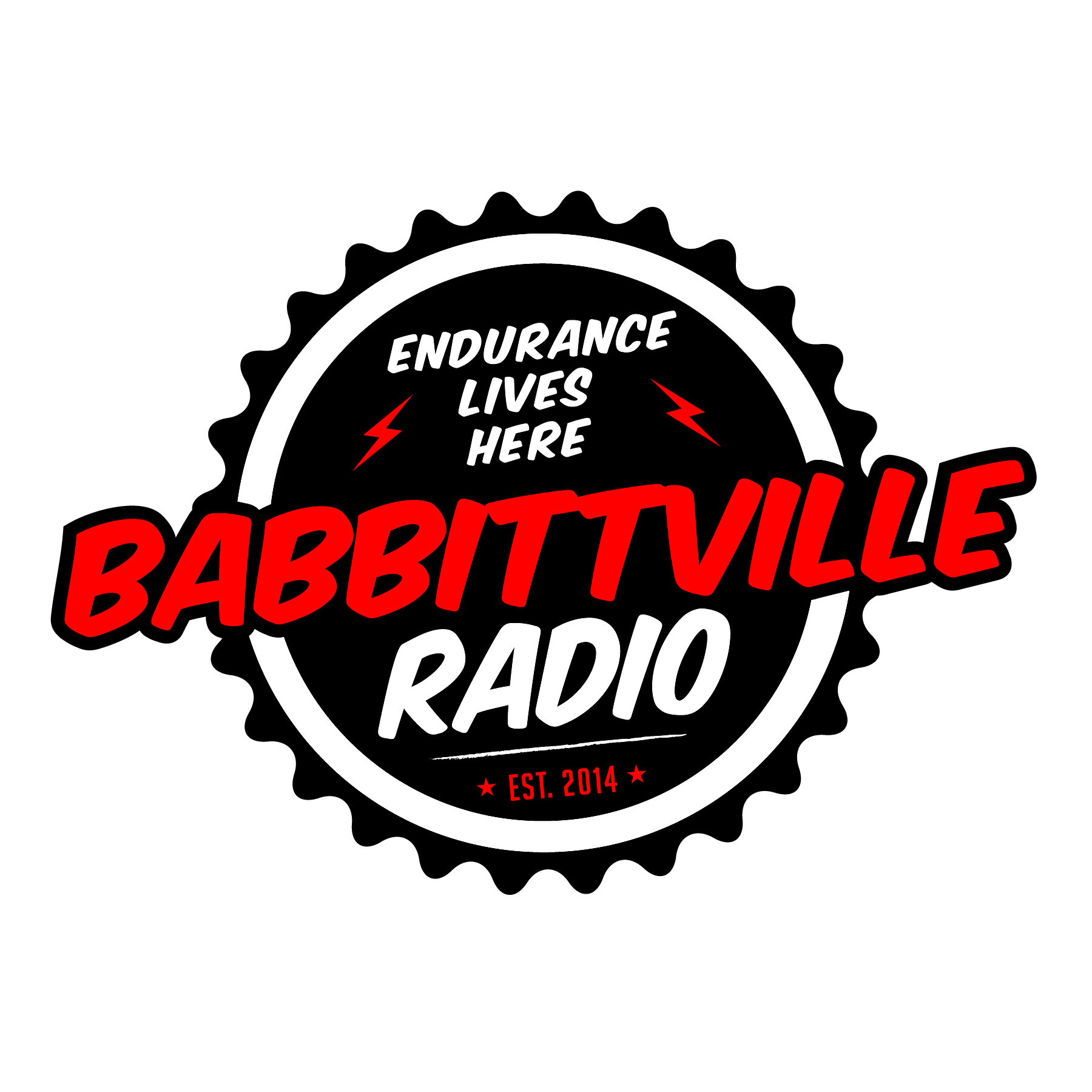‘Aina
(the land)
I was born in Brooklyn. My most intimate tie to the land was descending a staircase on Flatbush Avenue to ride the #2 IRT subway into Manhattan. I thought the only thing under the ground was steam pipes and phone cables.
Hawai’i, on the other hand, wears its geomorphic origins on its sleeve. Stand anywhere, take a look around, and you don’t need a PhD in geology to pretty much figure out how all of this got here. Magma stews, lava spews, a mountain rises and eventually pokes it way through the ocean surface…bada bing, an island is born.
In New York nobody knew which way was north or east. There was uptown and downtown, and those related less to cardinal compass points than to how the buses were labeled. In Hawai’i, the main directions are mauka (toward the volcano) and makai (toward the ocean). In Kona, makai is to the west. In Hilo, it’s to the east. While that distinction might confuse a pilot, it doesn’t confuse a Hawaiian. Step off the plane, open your eyes and everything is clear.
It’s easy to see why Hawaiian culture is so closely associated with the ‘aina, the land.

We often talk about Ironman athletes cycling and running over “lava fields.” This shot from high up on the Mamalahoa Highway provides a good illustration of these “fields.” That’s the Queen K Highway cutting through lava laid down in 1801 by the now-dormant Hualalai that looms above Kailua-Kona. (Not for nothing, but “dormant” does not mean “extinct.” Hualalai is considered active, and is expected to erupt again within the next 100 years.)

To some, the lava fields are stark and foreboding. To others, they are home.

One of the more popular dwellers of the Big Island ‘aina, and one who is welcome everywhere.

On the Big Island, the borders between the land, the sea, nature, and civilization often create a stunning image, as this view at sunset of Kailua Bay.
All photos © 2015 by Lee Gruenfeld












